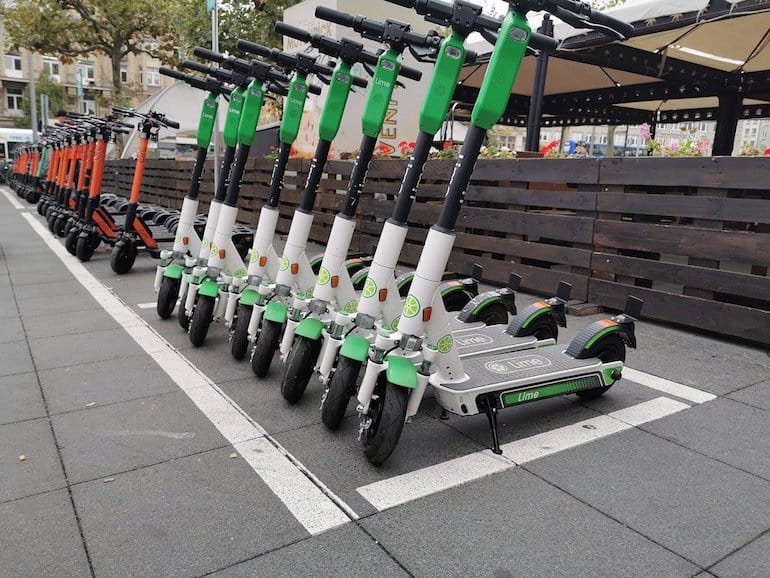As cities and college campuses look forward to the expansion of microtransportation, it’s important to spend time examining the details of electric scooter safety. For scooter operators, this means clearly identifying chief safety risk factors, and then providing government and education sector leaders with an evidence-based path to improved safety. As urban electric scooter usage increases, it will be vital for operators to be seen as a beacon of safety education and enforcement – instilling greater confidence and openness in city managers and local leaders who have questions about electric scooter safety.
What electric scooter safety factors should operators address?
With the explosive growth of micromobility, operators’ understanding and awareness of electric scooter safety statistics have expanded. One key to understanding overall electric scooter safety is this: Rider education is absolutely paramount. In fact, we now know that the first seven times a rider uses an electric scooter, they have a higher chance of injury. These injuries – as are most all electric scooter injuries – are preventable. With several key factors to consider, operators, as well as city and campus leaders, should take heart: Each factor has mitigating measures that can ensure the safety of everyone.
One such safety factor is speeding. More than one-third of injuries reported in one study of electric scooter accidents were attributed to excessive scooter speed. Because of this significant factor, it’s important for any educational campaign that promotes electric scooter safety tips to convey that maintaining a safe speed is vital for rider safety. These educational messages should especially target younger adults, typically ages 18 to 29.
Another focus of any evidence-based safety campaign should be the importance of wearing a helmet and electric scooter safety gear for rides of any distance. In a study of injured riders, 15 percent of those surveyed had evidence of a traumatic brain injury and fewer than 1 percent of those individuals were wearing a helmet at the time of their injury. Overall, only one in 190 injured riders was wearing a helmet. The correlation is pretty clear: Not wearing a helmet while riding an electric scooter is completely unsafe and should be considered an unacceptable practice. An effective educational campaign by any operator should emphasize this factor repeatedly.
Finally, as part of an evidence-based educational campaign for electric scooter safety tips, operators must address a topic that is paramount to most cities and campus environments – the drinking factor. Drinking an alcoholic beverage in the 12 hours before an electric scooter injury was reported by nearly 30 percent of interviewed riders. Particularly in younger demographics, it is crucial that operators observe risk factors for excessive drinking and institute as many layers of prevention as possible.
How operators can help electric scooter riders be more safe
One of the best things operators can do to keep riders safe relates to evidence-based education. While 70 percent of riders did receive some basic form of education, often via telephone communication, operators can do more to instill confidence in organizations looking to them for creating safer environments. Effective educational campaigns may include pre-ride safety checks, test drives, or other tools and activities. And, of course, operators should emphasize helmet wearing, avoiding alcohol before a ride and staying at a safe speed for travel.
The benefits of electric scooter safety for riders, cities and schools
The benefits of better electric scooter safety and safety checks for riders, cities and schools are clear. Making safety a priority protects riders of all ages, while minimizing stress and liability for the cities and campuses that host new e-scooter and micromobility programs. Operators will be able to better position their brands, grow interest in new programs springing up across the country, and will be able to maintain a quality reputation for electric scooter education, safety tips and overall well-being of riders for years to come.
For more information on Georgia micromobility safety and electric scooter safety tips, visit our Resources page.


